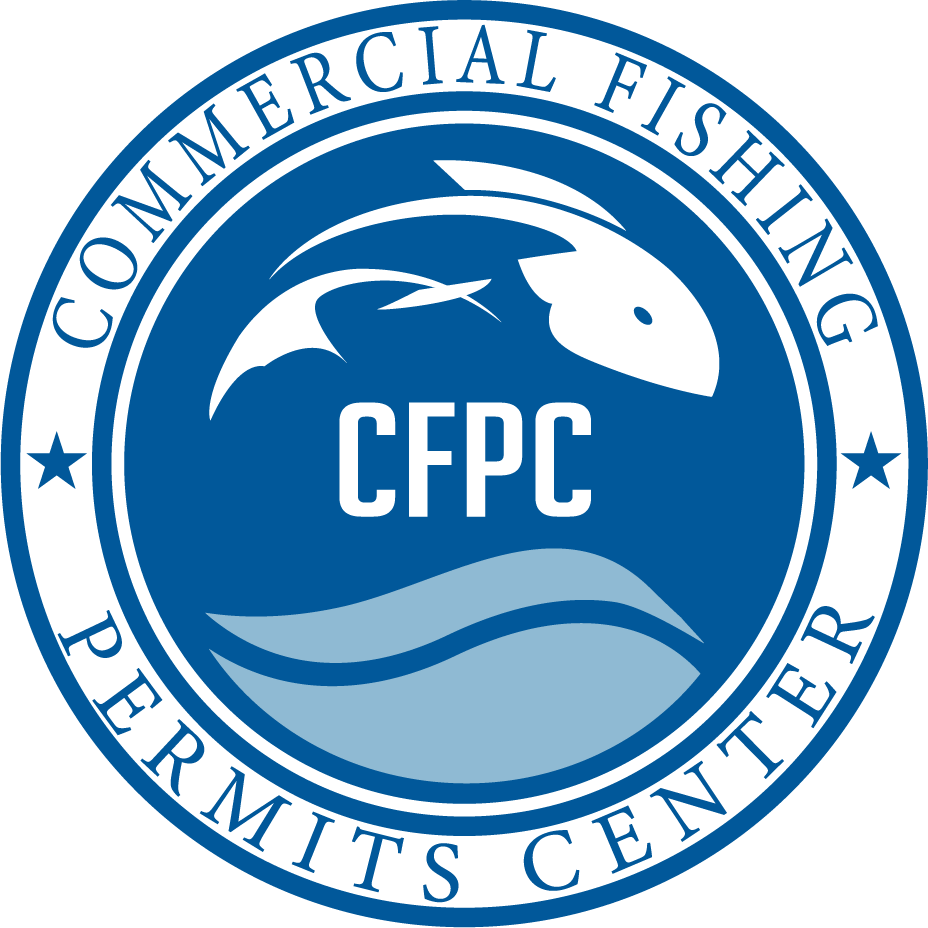Your vessel must undergo a regular inspection to ensure its safety. This happens every few years and is an important part of being a responsible boat owner. These inspections must be carried out by the United States Coast Guard and the vessel certificate of inspection must be included with your official vessel documentation. Depending on the type of boat you have, an inspection must be done every 1 to 5 years. Read below to find out more about the inspection process.
What Boats Require an Inspection?
Any boat registered with the United States Coast Guard is likely to require a regular inspection. The following boats are included:
- Freight vessels
- Nautical school vessels
- Offshore supply vessels
- Passenger vessels
- Sailing school vessels
- Seagoing barges
- Seagoing motor vessels
- Small passenger vessels
- Steam vessels
- Tank vessels
- Fish processing vessels
- Fish tender vessels
- Great Lakes barges
- Oil spill response vessels
- Towing vessels
Once the inspection is complete and the boat is in compliance with all rules and regulations, the certificate of inspection is issued. This certificate must be framed and displayed in an easy-to-see location somewhere on the boat.
Inspection Checklist
The goal of a boat inspection is safety. With that in mind, you can expect the boat inspector to look for certain things. That includes checking for equipment to put out a fire, items necessary to prevent a fire, and enough personal flotation devices for every passenger on the boat. Your boat must also be able to safely accommodate everyone who boards, including students, passengers, crew, and instructors. There must also be potable water for washing and drinking, as well as ensuring that the boat is safe for service, whatever that happens to be, whether it’s commercial fishing, transportation, or some other service.
What Happens if You Don’t Have Certification?
If you are caught without certification, there are requirements that you must adhere to. First and foremost, you will have to be moored until a certificate is issued. While moored, you will have to take all necessary steps to ensure that your boat meets safety standards required for certification. That includes safety for passengers and crew, as well as any relevant environmental safety requirements. If necessary, your boat will need to be transported to an alternate location for repairs.
Recertification and Renewal
An inspection is only good for a certain amount of time. It’s up to you to make sure you know when your current certificate of inspection expires so you can arrange for another inspection before it happens. Passenger vessels (including small passenger vessels) and nautical school vessels must be inspected every year. All other boats must undergo an inspection every five years. Make sure you don’t let your inspection certification lapse or you could face fines and may be moored while you wait for a new certificate to be issued. It’s best to schedule your inspection well ahead of time.
Need to know more about the process of vessel certificate of inspection? You’re in the right place. Contact the Commercial Fishing Permits Center today and we’ll help you facilitate the process and answer your questions along the way.



No Comments
Be the first to start a conversation